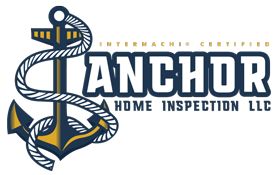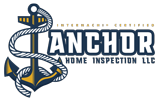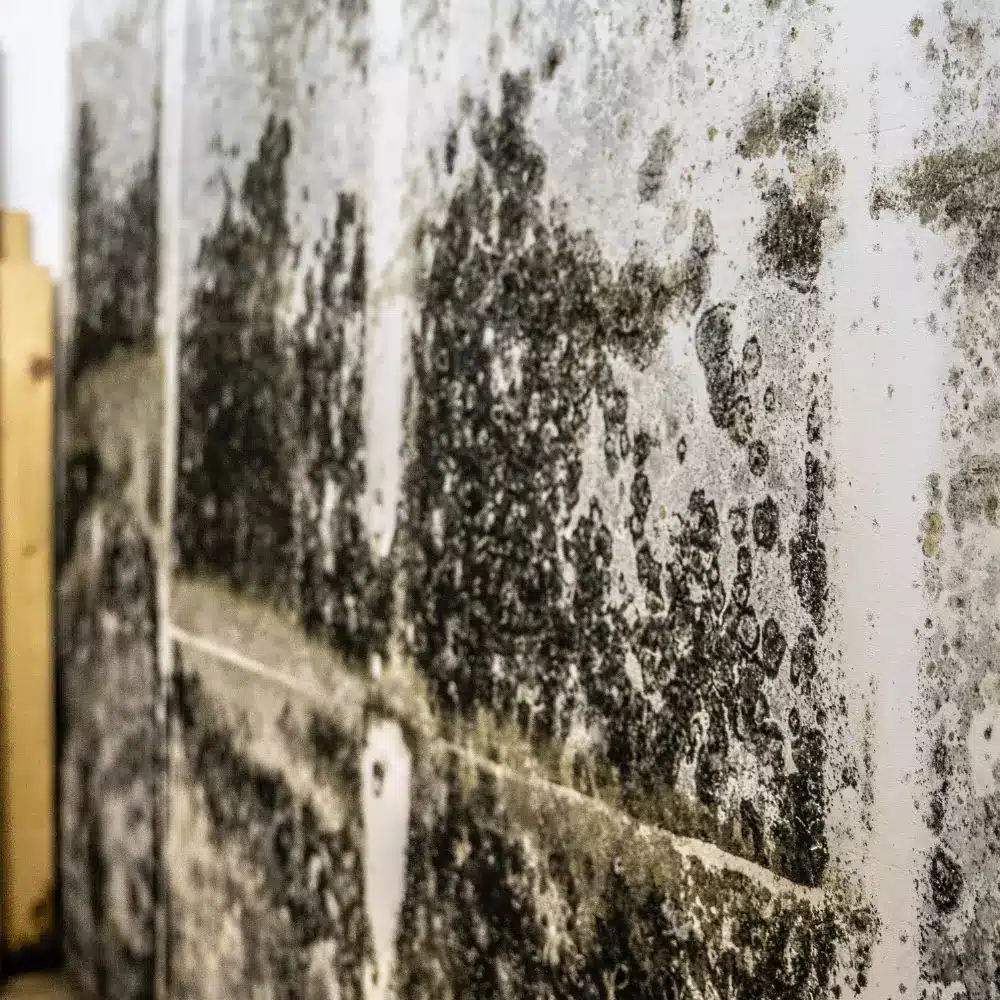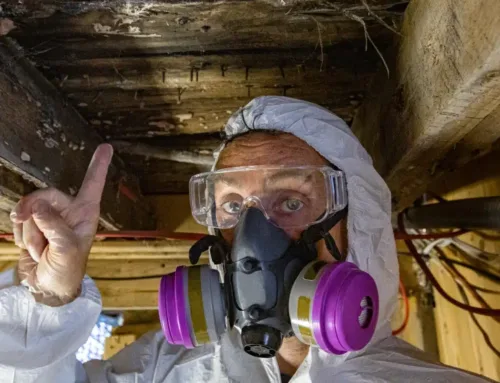Mold is a common concern for homeowners, especially in areas with high humidity or water damage. Detecting and analyzing mold growth is crucial for maintaining a healthy living environment. At Anchor Home Inspection, we specialize in thorough home inspections in Sprague, CT, ensuring your home is safe and mold-free. In this blog, we’ll delve into the process of mold sample collection and analysis, shedding light on why it’s essential for your home inspection.
Understanding Mold and Its Impact
Mold is a type of fungus that thrives in damp and humid conditions. It can grow on various surfaces, including walls, ceilings, and floors, often remaining hidden from plain sight. While some mold types are harmless, others can pose significant health risks, causing respiratory problems, allergies, and other health issues.
Importance of Mold Inspection
A professional mold inspection is vital for identifying and addressing mold issues before they become severe. It involves not only detecting visible mold but also assessing the air quality and potential mold sources in your home. This comprehensive approach ensures that all mold-related problems are thoroughly addressed.
Mold Sample Collection: Step-by-Step Process
Collecting mold samples is a critical part of the inspection process. It helps determine the type and concentration of mold present in your home. Here’s a step-by-step guide on how professionals at Anchor Home Inspection collect mold samples:
1. Initial Inspection
The process begins with a visual inspection of your home. Inspectors look for signs of mold growth, water damage, and areas with high moisture levels. This initial assessment helps identify potential sampling locations.
2. Air Sampling
Air sampling is a common method used to detect mold spores in the air. It involves using specialized equipment, such as spore traps or air pumps, to collect air samples from different areas of your home. The collected air samples are then sent to a lab for analysis.
3. Surface Sampling
Surface sampling involves collecting samples from visible mold growth on surfaces like walls, ceilings, and floors. There are several methods for surface sampling:
- Tape Lift Sampling: A piece of adhesive tape is pressed against the moldy surface to collect mold spores and then placed on a microscope slide for analysis.
- Swab Sampling: A sterile swab is used to collect mold samples from the affected area and then sent to a lab for examination.
- Bulk Sampling: A small portion of the contaminated material (e.g., drywall, wood) is removed and analyzed in a lab to identify mold species and concentration.
4. Bulk Sampling
In cases where mold is suspected inside walls or other hidden areas, bulk sampling may be conducted. This involves cutting out small sections of the affected material and sending them to a laboratory for thorough analysis.
5. Moisture and Humidity Measurement
High moisture levels are conducive to mold growth. Inspectors use moisture meters and hygrometers to measure the moisture content in building materials and the humidity levels in your home. Identifying moisture sources is crucial for effective mold remediation.
Mold Analysis: Understanding the Results
Once the samples are collected, they are sent to a certified laboratory for analysis. Here’s how the analysis process works:
1. Microscopic Examination
Lab technicians use microscopes to examine the mold samples. They identify the types of mold present and their concentration levels. This information is crucial for understanding the severity of the mold problem.
2. Culturing
In some cases, mold spores are cultured in a controlled environment to grow and identify specific mold species. This method helps in understanding the potential health risks associated with the mold present in your home.
3. DNA Analysis
Advanced techniques like DNA analysis can be used to identify mold species accurately. This method provides precise information about the types of mold present and their potential health impacts.
Why Choose Anchor Home Inspection?
At Anchor Home Inspection, we are committed to providing comprehensive and accurate mold inspections for homeowners in Sprague, CT. Our experienced inspectors use state-of-the-art equipment and techniques to ensure your home is safe and healthy. Here’s why you should choose us:
1. Expertise and Experience
Our team of certified inspectors has extensive experience in mold detection and analysis. We understand the intricacies of mold growth and provide reliable solutions to address any mold-related issues.
2. Comprehensive Reports
We provide detailed inspection reports that include the results of mold sampling and analysis. Our reports offer clear insights into the mold situation in your home, along with recommendations for remediation.
3. Client Education
We believe in educating our clients about mold prevention and maintenance. Our inspectors take the time to explain the findings and offer practical advice on how to keep your home mold-free.
Conclusion
Mold can pose significant health risks and damage to your home if not addressed promptly. Understanding how mold samples are collected and analyzed is essential for effective mold management. At Anchor Home Inspection, we are dedicated to ensuring your home is safe and healthy through thorough mold inspections in Sprague, CT. Contact us today to schedule an inspection and safeguard your home from mold-related issues.









